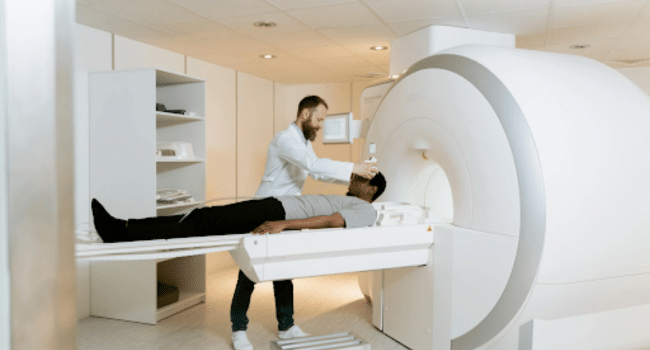Table of Contents
Exam rooms worldwide are undergoing metamorphosis. It is not defined by flashy technology or disruptive innovation but by something far more subtle—how clinical documentation is being maintained. Often at the cost of real patient contact, doctors managed almost all charting and note-taking duties alone in the past. Eventually, this trend has resulted in more administrative weariness and lower quality of treatment. However, a silent revolution is changing the healthcare experience for patients and providers.
The increasing significance of medical scribes—trained workers who record patient interactions in real time—drives much of this shift. By assuming the burden of electronic health record (EHR) input, medical scribes allow doctors to remain fully involved with their patients during visits. Though often working quietly in the background or remotely, the presence of a scribe may not be immediately obvious to the patient; however, its influence is strongly felt in the heightened attentiveness and presence of the physician.
Improving doctor performance and well-being
Medical scribes are taking charge of record keeping, so doctors are discovering fresh vitality and joy in their everyday activities. Reducing after-hours charting, also known as “pajama time,” has been key in fighting physician burnout. Providers can now complete their days on schedule, feel less mental weariness, and keep a better work-life balance.
This improved atmosphere also increases clinical precision. Doctors who can talk openly during a consultation without needing to stop to write down notes show more thorough observations and subtle queries. These nuances could result in more thorough medical records and more knowledgeable treatment options, even for those who had hurried solo documentation. By doing this, record writers improve the general standard of healthcare services and help doctors. Patients are also benefiting from this change in recordkeeping.
The encounter gets more human when a provider can maintain eye contact, practice active listening, and answer quickly. Many patients say they feel more appreciated and valued when their doctor appears completely present. All essential elements of good medical treatment— this dynamic generates trust, promotes openness, and improves communication.
Furthermore, timely and correct notes enhance continuity of care. When clinical data is correctly recorded and arranged, follow-up visits, referrals, and therapy modifications are quicker. This facilitates more consistent patient management over time and easier transitions between physicians.
Designing a sustainable model for future healthcare
Including medical scribes reflects more than a tactical change; it reflects a cultural shift in how healthcare workers see their time and interactions with patients. The industry is evolving toward a standard that respects operational excellence and emotional intelligence as more hospitals and clinics embrace this approach.
Conclusion
This quiet revolution is about restoring and protecting human interaction, not replacing it with technology. Medical scribes help doctors return to efficient and very personal care by relieving them from the distractions of data input. In medicine, even quiet adjustments may have the strongest effect; this is a sobering lesson. It is a strong reminder that even quiet changes can have the most effect in medicine.
Image attributed to Pexels.com
